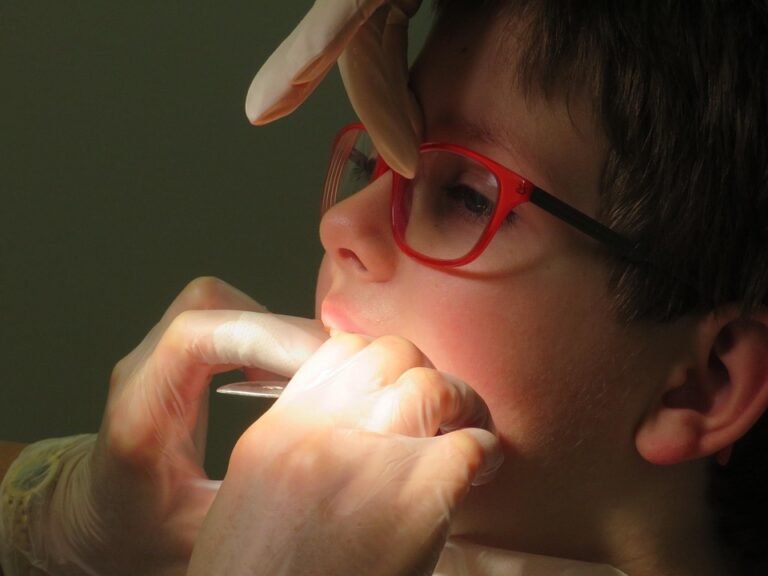How do I clean and maintain my dental photography lens
I’m starting to get serious about my dental photography and just bought a dedicated macro lens for intraoral photos. It was a pretty significant investment, and I really want to make sure I’m taking proper care of it. What are the best practices for cleaning and maintaining a dental photography lens, especially considering the environment it’s used in? I’m worried about getting toothpaste splatter, saliva, or even disinfectant residue on it.
I’m especially concerned about the front element, but also the rest of the lens body. What kind of cleaning solutions and cloths are safe to use? Are there any specific techniques I should be aware of to avoid scratching the lens coating? And how often should I be cleaning it – after every patient, weekly, or some other interval? Are there any storage tips that are important, too? I have a Nikon 105mm macro lens.
Answer
Cleaning and maintaining your dental photography lens is crucial for consistently producing high-quality images. The lens is a delicate and expensive piece of equipment, so handling it with care is paramount. Here’s a detailed guide:
I. Frequency of Cleaning:
- After Every Use: Wipe the lens with a microfiber cloth to remove any dust or smudges that may have accumulated during the session.
- Weekly/Bi-Weekly: Perform a more thorough cleaning, including cleaning solutions, if the lens is frequently used or exposed to potentially contaminating environments (splatter, dust in the operatory, etc.).
- As Needed: If you notice visible spots, smudges, or other imperfections on the image, clean the lens promptly. Don’t wait until the next scheduled cleaning.
II. Essential Supplies:
- Microfiber Cloths: Use lint-free, high-quality microfiber cloths specifically designed for cleaning optics. Keep several on hand so you always have a clean one. Designate certain cloths specifically for cleaning lens elements and others for general camera body cleaning.
- Lens Cleaning Solution: Purchase a reputable lens cleaning solution from a photography store. Ensure it’s designed for multi-coated lenses and is alcohol-free. Isopropyl alcohol can damage lens coatings.
- Air Blower: A hand-operated air blower (rocket blower) is essential for removing loose dust and debris without touching the lens surface. Avoid canned air, as it can sometimes contain propellants that can damage the lens.
- Lens Cleaning Brush: A soft-bristled lens cleaning brush can gently dislodge stubborn dust particles. Ensure the brush is clean before use.
- Cotton Swabs (Optional): High-quality, pointed cotton swabs can be used to carefully clean edges and hard-to-reach areas.
III. Cleaning Procedure:
-
Preparation:
- Work in a clean, well-lit environment.
- Wash your hands thoroughly to prevent transferring oils or dirt to the lens.
- Gather all your cleaning supplies.
- If possible, remove the lens from the camera body in a clean environment to prevent dust from entering the camera body.
-
Remove Loose Dust and Debris:
- Use the air blower to gently puff air across the lens surface, dislodging any loose dust or particles. Hold the blower at an angle to the lens to avoid blowing dust back onto the surface.
- If necessary, use the lens cleaning brush to gently sweep away any remaining dust particles. Use light, circular motions, and be very careful not to apply too much pressure.
-
Apply Lens Cleaning Solution (Sparingly):
- Do not spray the solution directly onto the lens. Instead, lightly dampen a clean microfiber cloth with a few drops of lens cleaning solution. The cloth should be damp, not wet.
- Alternatively, for a more controlled application, use a cotton swab slightly moistened with the cleaning solution for spot cleaning.
-
Wipe the Lens Surface:
- Gently wipe the lens surface with the dampened microfiber cloth in a circular motion, starting from the center and working outwards. Use minimal pressure.
- After the initial wipe, use a clean, dry portion of the microfiber cloth to buff the lens surface and remove any remaining streaks or smudges. Use the same circular motion.
- If using a cotton swab for spot cleaning, carefully dab the affected area with the moistened swab and then immediately dry it with a clean, dry swab.
-
Inspect the Lens:
- Hold the lens up to a light source and carefully inspect the surface for any remaining streaks, smudges, or dust particles.
- If necessary, repeat steps 3 and 4 until the lens is clean and clear.
- Reattach the Lens:
- Once the lens is clean and dry, carefully reattach it to the camera body.
IV. Maintenance Practices:
- Lens Caps: Always use lens caps (front and rear) when the lens is not in use to protect the lens elements from dust, scratches, and accidental damage.
- Lens Hood: Use a lens hood to reduce flare and improve image contrast. The lens hood also provides some physical protection for the front element of the lens.
- Storage: Store lenses in a cool, dry place, preferably in a lens case or bag, when not in use. Avoid storing lenses in areas with high humidity or extreme temperatures.
- Avoid Touching the Lens Surface: Try to avoid touching the lens surface with your fingers, as this can transfer oils and dirt.
- Professional Cleaning: For deep cleaning or to address internal issues, consider having your lens professionally cleaned by a qualified camera technician.
- UV Filter (Optional): Some photographers use a UV filter to protect the front element of the lens from scratches and dust. However, be aware that a low-quality filter can degrade image quality. Choose a high-quality, multi-coated UV filter if you decide to use one.
- Avoid Harsh Chemicals: Never use harsh chemicals, solvents, or abrasive cleaners on your lens. These can damage the lens coatings and other components.
- Avoid Over-Cleaning: Cleaning your lens too frequently can actually increase the risk of damage. Only clean the lens when necessary.
By following these cleaning and maintenance procedures, you can help ensure that your dental photography lens remains in excellent condition and continues to produce high-quality images for years to come.


